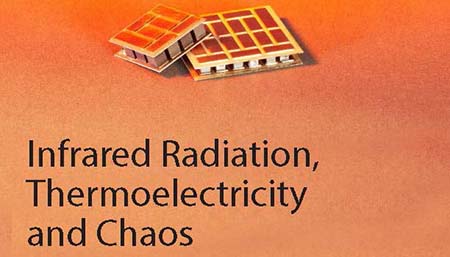Start Date
17-6-2015 4:00 PM
End Date
17-6-2015 4:30 PM
Description
For several decades, thermoelectric materials have seen limited use in energy conversion due to their low dimensionless figure-of-merit ZT, which determines the efficiency of thermoelectric devices. Driven by the demand for renewable energy, thermoelectric R&D is actively pursued by physicists, chemists, and engineers. In recent years, some new approaches for controlling the electron and phonon spectra as well as transports have been developed. Today, significant improvements in ZT have been reported. Nanostructuring approach has been shown to be effective in reducing the thermal conductivity, and in some cases, increasing the power factor. Current experiment and theory indicate that there are still plenty of rooms for improving the existing material systems. Aside from the material resource factor, bulk thermoelectric materials need to be designed and fabricated to have long-term, moderate to high temperature operating stability for high-power, high-efficiency thermoelectric energy conversion. Various aspects of TE materials research including those from my collaborative studies will be discussed.
Practical Realization of ZT>1 From the Materials Perspective
For several decades, thermoelectric materials have seen limited use in energy conversion due to their low dimensionless figure-of-merit ZT, which determines the efficiency of thermoelectric devices. Driven by the demand for renewable energy, thermoelectric R&D is actively pursued by physicists, chemists, and engineers. In recent years, some new approaches for controlling the electron and phonon spectra as well as transports have been developed. Today, significant improvements in ZT have been reported. Nanostructuring approach has been shown to be effective in reducing the thermal conductivity, and in some cases, increasing the power factor. Current experiment and theory indicate that there are still plenty of rooms for improving the existing material systems. Aside from the material resource factor, bulk thermoelectric materials need to be designed and fabricated to have long-term, moderate to high temperature operating stability for high-power, high-efficiency thermoelectric energy conversion. Various aspects of TE materials research including those from my collaborative studies will be discussed.



